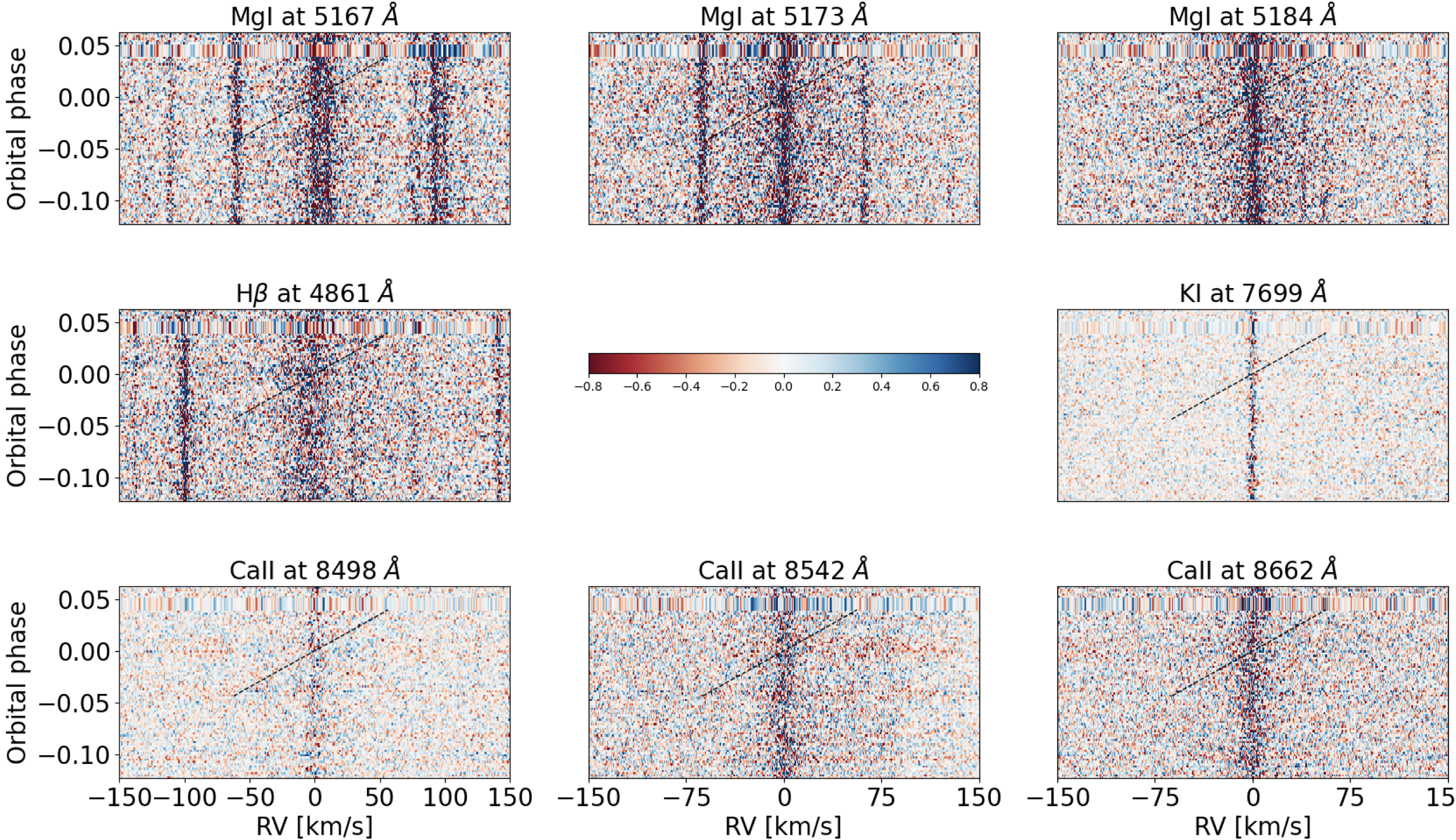The study of exoplanets and especially their atmospheres can reveal key insights on their evolution by identifying specific atmospheric species. For such atmospheric investigations, high–resolution transmission spectroscopy has shown great success, especially for Jupiter–type planets. Towards the atmospheric characterization of smaller planets, the super–Earth exoplanet 55 Cnc e is one of the most promising terrestrial exoplanets studied to date. Here, we present a high–resolution spectroscopic transit observation of this planet, acquired with the PEPSI instrument at the Large Binocular Telescope. Assuming the presence of Earth–like crust species on the surface of 55 Cnc e, from which a possible silicate–vapor atmosphere could have originated, we search in its transmission spectrum for absorption of various atomic and ionized species such as Fe , Fe +, Ca , Ca +, Mg and K , among others. Not finding absorption for any of the investigated species, we are able to set absorption limits with a median value of 1.9 × RP. In conclusion, we do not find evidence of a widely extended silicate envelope on this super–Earth reaching several planetary radii.

Read more: Keles et al. 2022, MNRAS, 513, 1544
